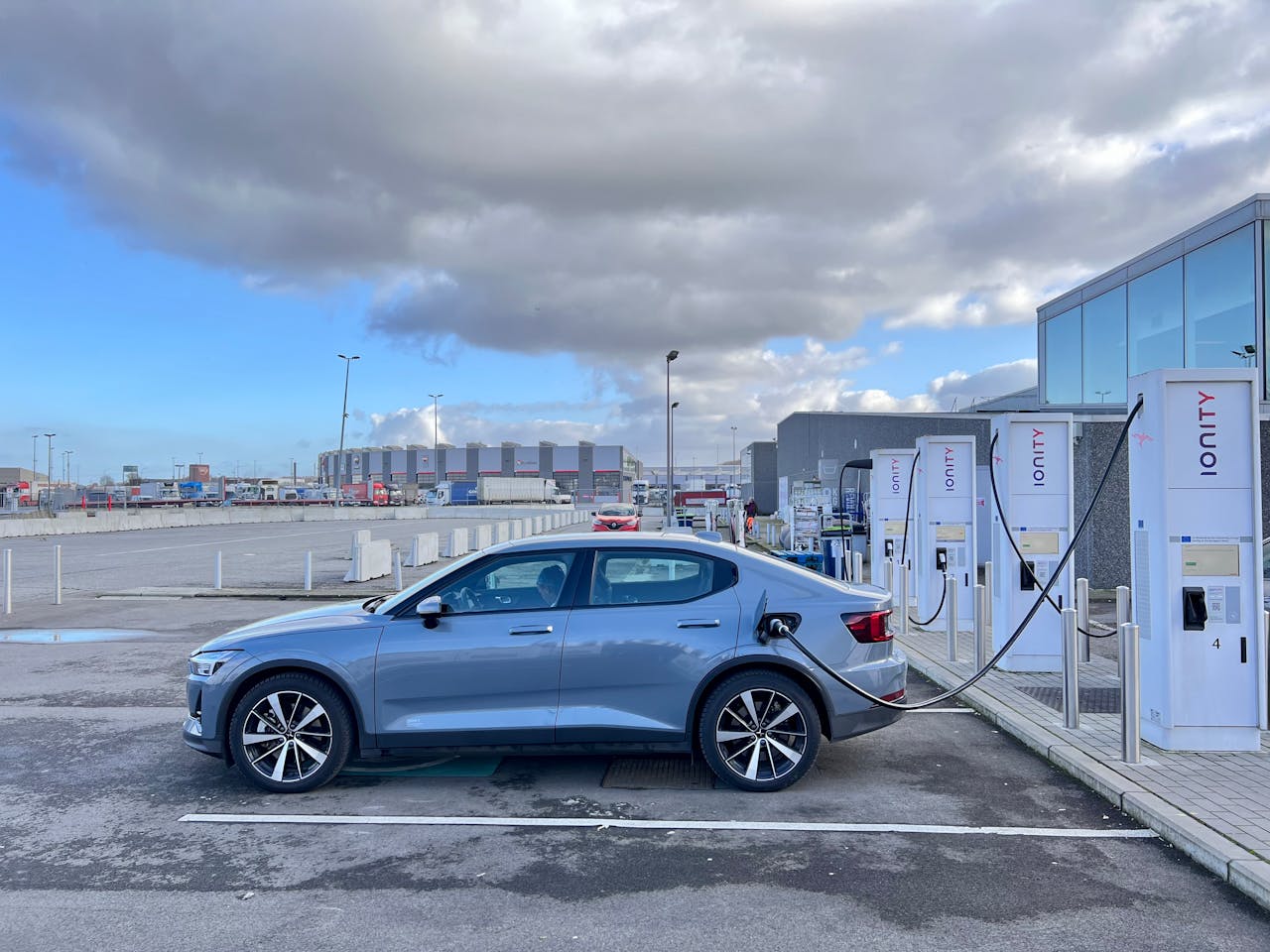
What India Can Learn from Norway, the World’s EV Capital
- By SDC EV
When you think of electric vehicle (EV) success, Norway stands at the top of the global podium. With over 90% of new cars sold being electric and cities blanketed with seamless EV infrastructure, Norway has become the world’s de facto EV capital.
India, while larger and vastly more complex, is on the verge of an EV revolution. With 3 million EVs already on the road and ambitious government targets, the pieces are falling into place—but the pace must accelerate.
So, what can India learn from Norway’s electric success story? Let’s explore the key pillars that made Norway a global EV leader—and how they can translate into action across Indian cities and highways.
1. Make EVs a No-Brainer: The Power of Smart Incentives
Norway’s secret weapon? Strong, consistent incentives. For years, Norwegian EV buyers have enjoyed:
Zero import duty and VAT
Free tolls and parking
Subsidized home chargers
Priority lanes and ferry access
These weren’t just handouts—they were strategic nudges that made choosing an EV a no-brainer.
✅ What India Can Do
India has introduced central subsidies like FAME-II and state-specific EV policies, but they vary widely. India must:
Streamline incentives across states for consistency
Target mass segments like two-wheelers and rickshaws
Offer local perks like toll waivers, priority parking, and license-free registration for electric vehicles
2. Urban Charging That Actually Works
Norway’s urban centers are dotted with accessible, well-maintained charging stations. From shopping malls to apartment complexes, charging is part of city planning, not an afterthought.
✅ What India Can Do
India struggles with unreliable or inaccessible charging—especially in Tier 2 cities. To catch up:
Mandate EV-ready infrastructure in new housing projects
Promote on-street public chargers via city municipalities
Encourage solar-integrated stations in parks, malls, and metro hubs
Urban India needs to look at charging not just as infrastructure, but as essential urban design—like water, power, and internet.
3. Public-Private Partnerships That Deliver
Norway’s EV journey has been shaped by government support + private innovation. Automakers, utilities, and municipalities work together to:
Set charging standards
Roll out nation-wide networks
Build consumer trust
Companies like Fortum and Circle K, for instance, run large-scale charging networks backed by state-level coordination.
✅ What India Can Do
India must create a more collaborative EV ecosystem:
Fast-track land approvals and licensing for private Charge Point Operators (CPOs)
Enable discom partnerships for energy access
Launch joint ventures with automakers to co-develop charging and battery swapping infrastructure
The EV race will not be won by government alone—or startups alone—but by bringing them together with a unified national mission.
4. Lead with Trust, Not Just Technology
In Norway, EVs aren’t seen as experiments—they’re seen as reliable everyday vehicles. That trust comes from:
Long-term policy stability
Transparent communication
Widespread charging visibility
✅ What India Can Do
Indian consumers still face range anxiety and confusion. The government and industry must:
Invest in EV awareness campaigns
Publish real-time charger availability
Enforce product and service quality standards
Build trust first, and the market will follow.
5. Climate Messaging That Connects
Norway’s EV push is deeply connected to its climate goals and national pride in protecting nature. EVs are part of a larger identity shift toward sustainability.
✅ What India Can Do
India must align EV growth with its climate narrative, focusing on:
Cleaner air in polluted cities
Reduced fuel imports
Green jobs for the youth
Make the EV conversation about health, economy, and pride—not just carbon.
Final Charge: Adapting the Model, Not Copying It
Let’s be real—India is not Norway. Our geography, population, economy, and infrastructure are incomparable. But that doesn’t mean we can’t adapt their principles.
India can learn to:
Incentivize smarter
Plan infrastructure better
Build public-private trust
Lead through citizen-first design
Align EVs with national purpose
Norway lit the path. Now it’s India’s turn to scale it—with local genius, global lessons, and unstoppable ambition.
